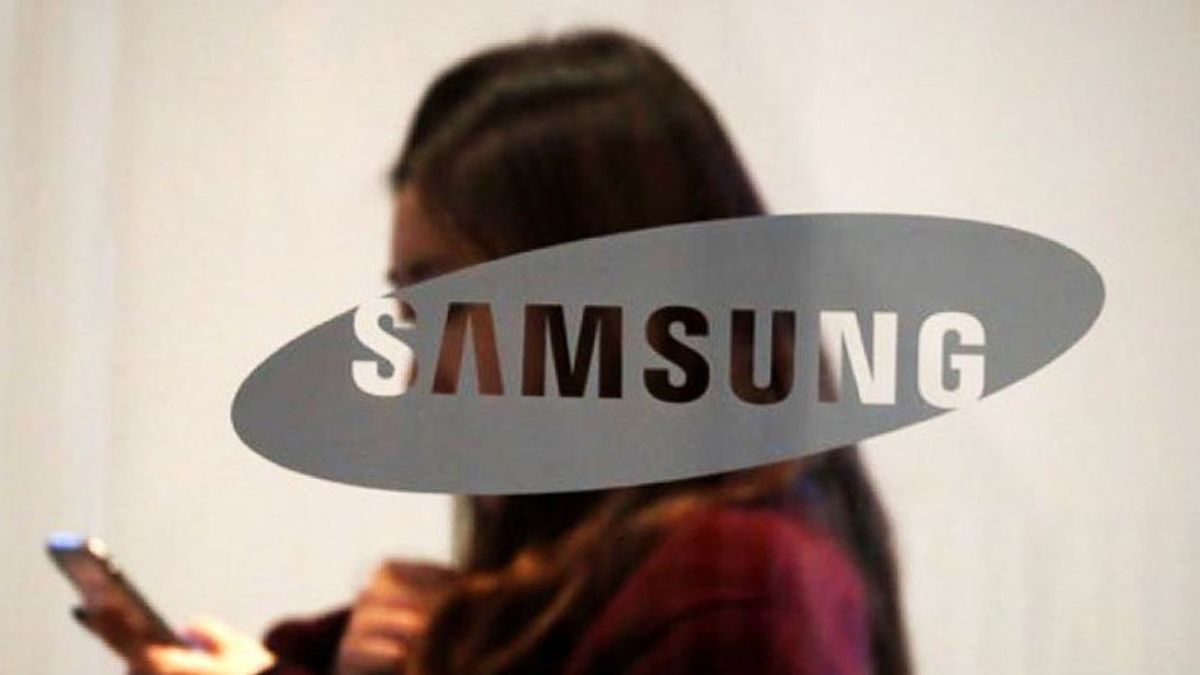JAKARTA - Samsung Electronics Co introduced a new device to support 5G networks. This device allows business services and businesses to take advantage of fast internet technology from a 5G connection.
"We have delivered more than four million 5G-ready radios worldwide," said Cheun Kyungwhoon, head of network business at Samsung.
Samsung is seeking to improve its network infrastructure business amid industry leadership Huawei Technologies Co. which is being sanctioned by the United States (US). This opportunity was obtained by Samsung to supply 5G network equipment with NTT Docomo in Japan and Vodafone in the UK.
"Samsung's 5G vision includes bringing together the best global expertise and technical insights that can help operators and consumers take full advantage of the benefits of 5G," he added.
Samsung is launching three 5G chipsets that will be used in radios and next-generation baseband units in 2022. Samsung claims its second-generation 5G modem chip will allow new baseband units to double the capacity, while reducing power consumption by half per cell.
The third-generation radio frequency integrated circuit (RFIC) will support 28 gigahertz (GHz) and 39GHz spectrum and be equipped with technology that can reduce antenna size by about 50 percent, which will expand the interior space of 5G radio, according to the company.
Samsung also highlighted the digital/analog front end-RFIC integrated chip that doubles the frequency bandwidth, while increasing the output power for radio access network (RAN) solutions.
Regarding the new radio, Samsung launched the One Antenna Radio solution with integrated antenna. This will be one of the RAN portfolios from early 2022 starting with the European market, they said
Samsung's latest radio solution integrates a massive 3.5GHz MIMO radio with low-band and mid-band passive antennas into a single form factor and offers simple installation, enabling operators to save space and reduce costs.
Third generation Dualband Compact Macro, mmWave base station covering two ultrahigh frequency bands up to the 2,400MHz frequency range; a large MIMO radio supporting 400MHz bandwidth in the mid-band, and a virtual RAN solution were also introduced at the event.
With its various 5G technologies, Samsung emphasized that it has the ability to offer secure private networks, introduced 5G smart factories, and public safety LTE network projects in South Korea.
Samsung also shares its 6G vision and promises to step up its research efforts. The company recently demonstrated a 6G terahertz wireless communication prototype in collaboration with the University of California, Santa Barbara.
The English, Chinese, Japanese, Arabic, and French versions are automatically generated by the AI. So there may still be inaccuracies in translating, please always see Indonesian as our main language. (system supported by DigitalSiber.id)













